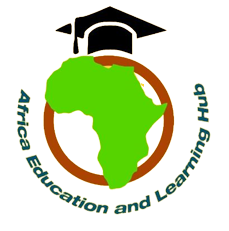| dc.description.abstract | As per the National Development Strategy 1 (NDS1), Zimbabwe has set a goal to improve education in the country between 2021 and 2025. This includes ensuring that marginalised populations in remote and overcrowded urban areas have access to quality education that is fair and inclusive. Additionally, the country aims to update educational curricula across all levels to make them more relevant to the job market. Future budgets should prioritise constructing, equipment, and upgrading laboratories, workshops, and other educational facilities to achieve these goals.
Zimbabwe's education sector faces several challenges, mainly due to inadequate funding. Many students attend classes in poor conditions such as under trees, in former tobacco barns, and in open spaces. There are 6,671 primary and 2,954 secondary schools in Zimbabwe, many already overburdened and in disrepair. Recent estimates indicate a substantial increase in the shortage of schools, rising from 2,050 in 2015 to just over 4,000 in 2025. With the projected 50% increase in the school-age population from 5.34 million in 2019 to 7.98 million by 2030, there will be a surge in demand for education services. This necessitates significant infrastructure and capital investment to meet the growing demand for education services.
The education sector in Zimbabwe is facing several challenges, primarily due to a lack of funding. Many of the school-going population is learning under deplorable conditions, such as under trees, in former tobacco barns, and open spaces. According to UNICEF, Zimbabwe has 6,671 primary and 2,954 secondary schools, which are already overstretched and sometimes in bad condition. The latest estimates have shown a significant increase in the shortage of schools from 2,050 in 2015 to slightly more than that. The Minister of Finance and Economic Development, Honorable Prof. M. Ncube, presented the 2024 National Budget to Parliament on November 30, 2023 | en_US |

